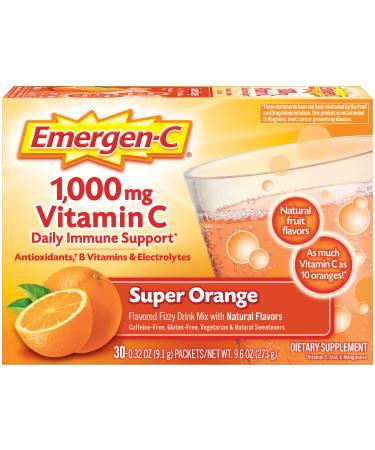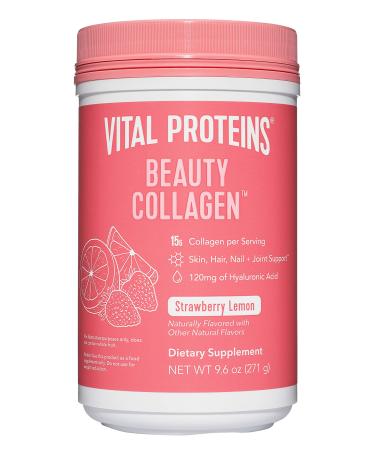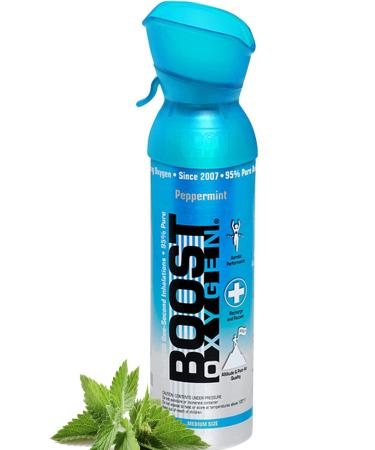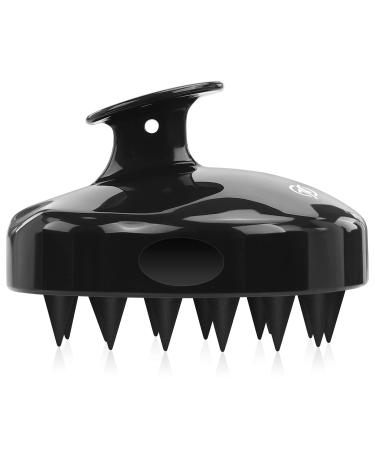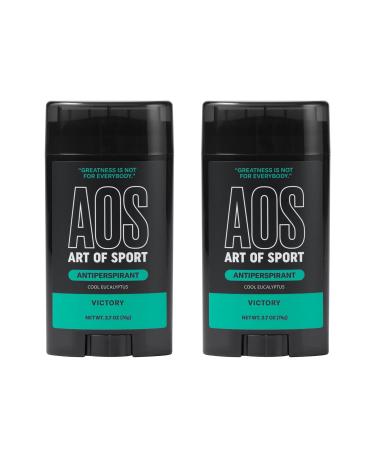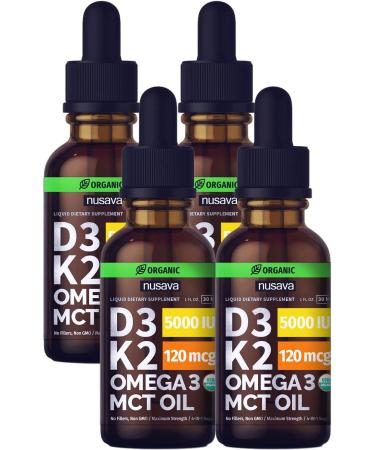
What is fusible interfacing
Fusible interfacing is a very interesting material used for sewing, quilting and craft projects with all kinds of fabric. You fuse it to the wrong (unseen) side of the fabric to give it additional strength, support or required shape. It's commonly used to stiffen collars and cuffs, reinforce facings and buttonholes, strengthen waistbands in garment construction. It's widely used in sewing bags and purses, it's also essential for quilters, it can be used for preventing fabric fraying, etc.
Types of fusible interfacing
All types of fusible interfacing have a heat activated adhesive material on one side or on both sides which bonds to the fabric when ironed. Fusible interfacing can have different structure and thickness in order to be used with different fabrics.
1. Non-woven fusible interfacing is the most common type everybody uses. It's a pure product of the chemical industry – it's not fabric, it will not unravel. Usually, it has no grain, and because of this, it can be cut in any direction, which is great because you can use every bit of it in a very economical way. But sometimes it has the grain though and then manufacturers advise cutting it according to the grain line. It doesn't have any stretch, and can be used with any woven fabric. I don't recommend using it for knit fabric unless you want to reduce fabric stretch.
2. Woven fusible interfacing is a kind of fabric – it has a lengthwise and crosswise grain. It's made from warp and weft fibers interwoven together. It's not widely used in home sewing. Most of the time they make it not stretchy,, but sometimes it can have some stretch property also. This type works well with woven fabric.
3. All the above types of fusible interfacing can be further classified as lightweight, medium weight and heavyweight.
Lightweight is used with lightweight, delicate fabrics to add strength and durability.
Medium weight works for a wide variety of fabrics, and heavyweight is great for adding structure to purses or brims of hats.
Generally, the heavier the fabric you are using, the heavier the interfacing you need. However, your interfacing should be slightly lighter weight than the fabric you are using.
Is fusible fleece the same as interfacing
Yes, fusible fleece is another type of interfacing. It's quite thick, thicker than regular fusible interfacing, 100% polyester fleece with adhesive on one side. It's used for the fabric to hold a specific shape. It easily adheres to fabric.



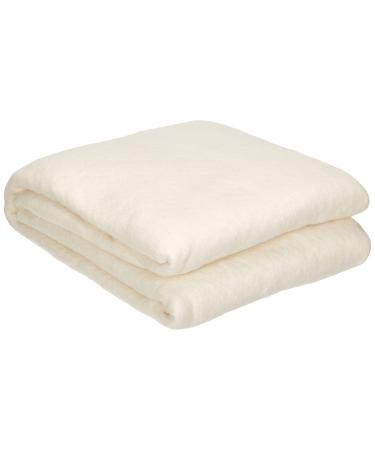
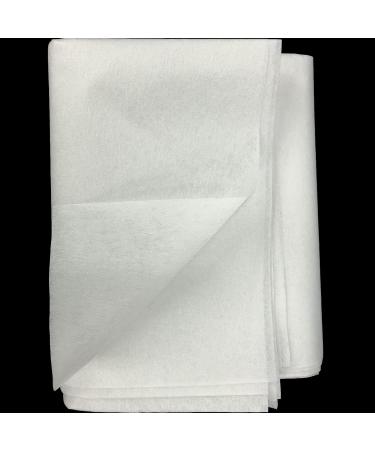
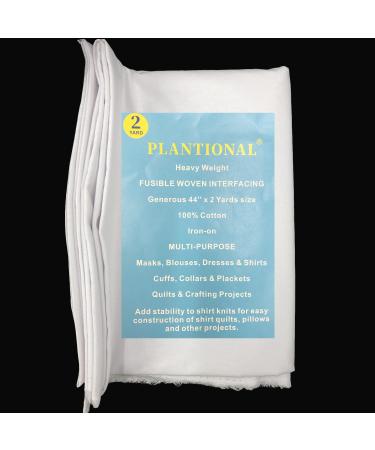
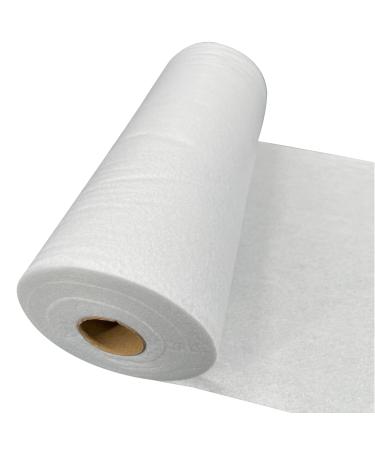
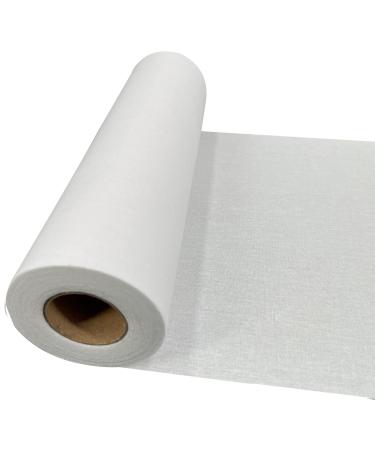

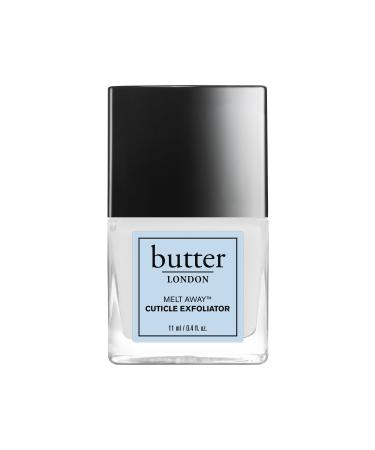
![Stewart Freeze Dried Dog Treats Made in USA [Single Ingredient Puppy and Dog Training Treats - Grain Free Natural Dog Treats] Resealable Tub to Preserve Freshness](https://www.gosupps.com/media/catalog/product/cache/25/small_image/375x450/9df78eab33525d08d6e5fb8d27136e95/6/1/61gwbbixarl._ac_sl1500_.jpg)
